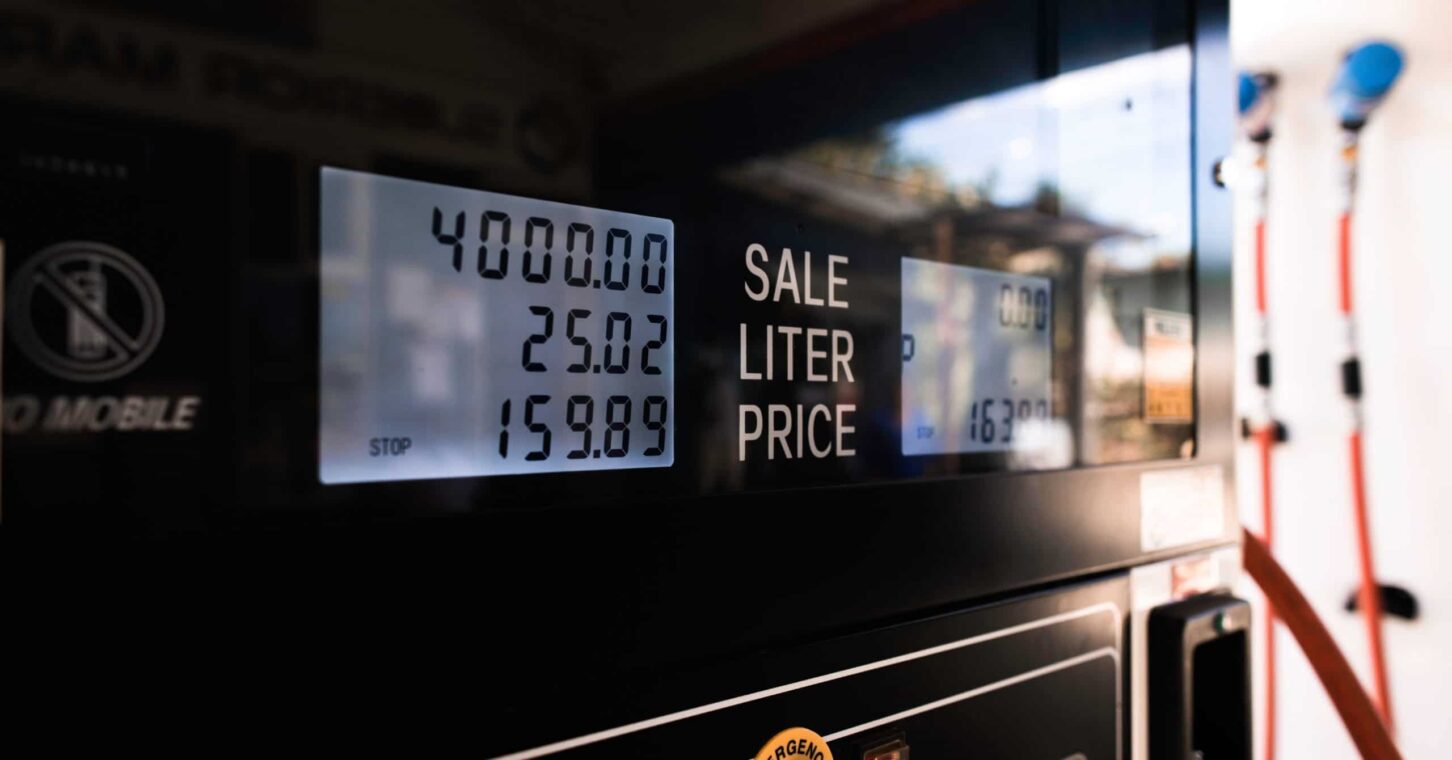
Propane is an odorless by-product of natural gas processing and petroleum refining, but soaring prices for the fuel are set to cause a big stink. Georgians need to prepare now for the ramifications over the winter months.
Propane is a clean-burning liquefied petroleum gas (LPG). For the occasional user with a barbecue grill tank or camping or RV stove, a price increase is a brief irritation. But the surge in prices will hurt budgets and bottom lines for many homeowners, farmers, transit agencies, school districts, restaurant owners, warehouses and other businesses using propane-powered vehicles, from forklifts to buses.
The Propane Education & Research Council counts nearly 200,000 on-road propane vehicles in the nation. But it goes further: Even as supply chain woes hit restaurants, those propane patio heaters have become another exorbitant expense in a socially distanced environment.
How expensive? At the beginning of November last year, the nation’s average wholesale propane price was 68.5 cents per gallon, the Energy Information Administration (EIA) reports. This week, the price was about $1.54. That is down from $1.63 at the beginning of October. For the “Lower Atlantic” district, which includes Georgia, the wholesale price is $1.50. Last year it was 69.5 cents per gallon.
As for residential propane prices, they averaged $1.82 per gallon nationally a year ago this week. Now the price is $2.72, up from $2.59 at the beginning of October. For the Lower Atlantic, the price is $3.41; last year it was $2.58 per gallon.
Much of this is supply and demand, of course. A year ago, the U.S. inventory held 95.828 million barrels of propane/propylene, or 77 days’ supply. Today, the inventory holds about 76.1 million barrels, or about 68 days’ supply. EIA graphs reflect a continued decline in supply through January 2022.
Winter is upon us, no good time for heating fuels to be depleted. Propane prices and demand unexpectedly remained high globally through the year, and continued higher exports reduced the normal domestic stockpiling for the winter.
The long-term winter weather outlook will be updated November 18 by the National Weather Service. For now, it’s for “above-normal seasonal mean temperatures along the southern half of the U.S. and for the eastern third of the nation.” In September, Gainesville-based Mansfield Energy reported predictions that the 2021-22 winter will be “one of the coldest and longest in several years. … In particular, the outlook expects much of the South and western U.S. to receive abnormal winter conditions.”
The EIA, meanwhile, predicts massive propane price hikes: “The 5% of U.S. households that heat primarily with propane will spend 54% more – 94% more in a colder winter and 29% more in a warmer winter.”
In Georgia, LP Gas magazine reports, the residential sector consumed 42% of propane sold in 2019. Rural Georgians, including many low-income residents, have no access to a natural gas pipeline. Propane is trucked to homes to fill tanks as needed, helping heat homes in the winter. They pay fluctuating, market-based prices, much like filling their vehicle’s gas tank. As households recover from the pandemic’s effects on their budgets, the fire risk from space heaters plugged into overloaded electrical outlets will increase.
Georgia farmers use propane to dry grains before storage and to warm chicken houses and dairy stalls, and some to fuel irrigation engines. If the supply continues to dwindle and the price continues upward, consumers will feel the hit here and elsewhere.
Propane gas companies are offering budget plans to avert pricing spikes. Blossman Propane Gas, the nation’s ninth-largest propane company, offers its customers a “Custom Payment Plus Plan”: equal payments year-round. Some charities and nonprofits may be able to provide assistance, as can the Low Income Home Energy Assistance Program (LIHEAP), especially if someone in the household is elderly, disabled or under age 6.